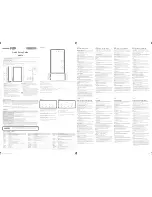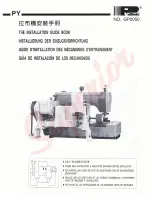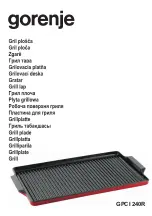
23
Gigaset N870 IP PRO / LUG IE-UK_IM en / A31008-XXXXX-XXXX-X-XX / preparation.fm / 8/24/18
V
e
rsio
n 2,
06
.0
8.
201
0 / M
o
d
u
leV
e
rs
io
n 1.
0
Projecting the DECT network
Loss of range through building materials in comparison to a free wireless field:
Interference from other wireless cells and networks
DECT is very robust against interference from other wireless networks. Co-existence with WLAN
for example is not a problem. Most other asynchronous DECT single base stations do not present
a problem either.
Problems may occur in special cases, such as an environment where there is a very high level of DECT
usage. This applies when there are co-existing asynchronous DECT base stations but, even more so,
when base stations have been installed too closely together to cover a hotspot, for example.
Despite sufficient signal strength, the following interference can occur:
•
Unexpected termination of the connection
•
Loss of synchronisation of handsets
•
Poor voice quality
¤
When interference occurs because base stations are installed too closely together, try to
resolve the problem with the measures described in Section
(increase the
distances, use obstacles to absorb the interference,
¤
If you have found other DECT sources, check whether you can switch them off, relocate them
or integrate them in your DECT network.
Summary
Wireless traffic interference can have many causes that cannot all be determined in advance,
that increase or decrease due to mutual influences and that can change during operation.
Therefore, the actual influence of interference factors on reception and voice quality can only be
determined by taking measurements. However, the measurements also only provide an image
of the wireless network at the time of measurement. We therefore recommend that when you
plan the DECT network areas where interference can be expected, you err on the side of caution
when you interpret the thresholds.
Glass, wood, untreated
Approx. 10%
Wood, treated
Approx. 25%
Plasterboard
Approx. 27 – 41%
Brick wall, 10 to 12 cm
Approx. 44%
Brick wall, 24 cm
Approx. 60%
Aerated concrete wall
Approx. 78%
Wired glass wall
Approx. 84%
Reinforced concrete ceiling
Approx. 75 – 87%
Metal-coated glass
Approx. 100%
















































